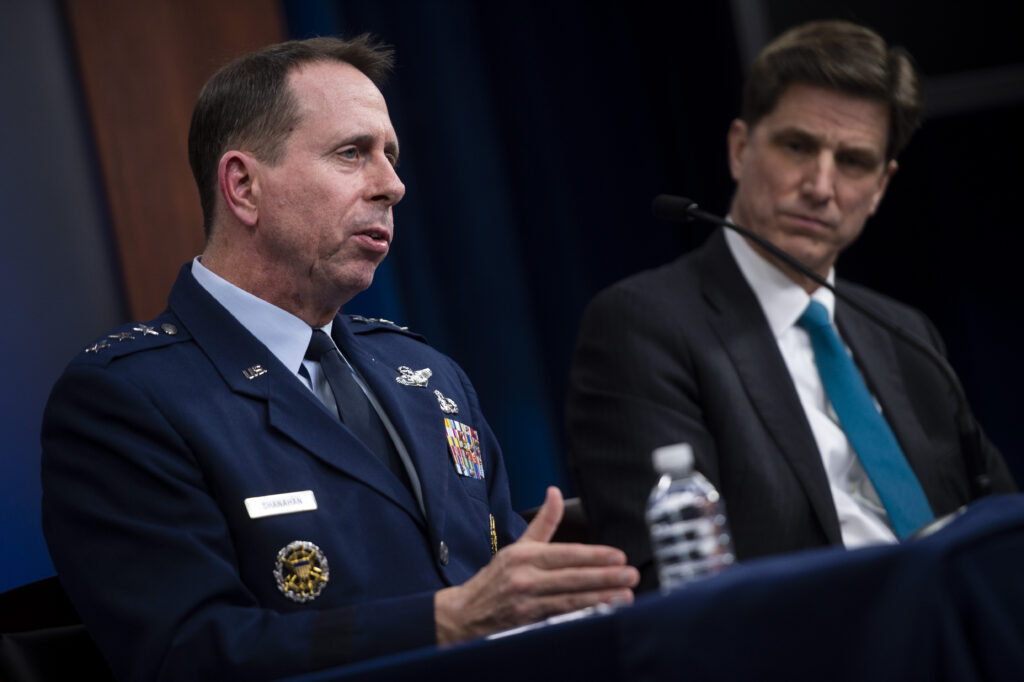RUDRA CHAUDHURI, SHREYAS SHENDE
An agreement signed between the United States and the Taliban on February 29, 2020, marks a milestone in America’s longest ever war. Accordingly, the majority of U.S. troops are expected to withdraw from Afghanistan by the end of 2021. In turn, and if this agreement is successfully implemented, sections of the Taliban could be expected to play a larger role in Afghan politics. This is hardly desirable for a country like India. Indian assets in Afghanistan have been targeted by the Haqqani group, a major Taliban faction. India has also been able to invest in Afghanistan’s future partially because of the presence of U.S.-led troops and the relative stability it brought. With this stability at risk, India needs to urgently reposition its priorities. In these fast-changing times, this paper identifies the risks to India’s continued presence in Afghanistan and recommends a set of strategies to mitigate them.
The first risk has to do with terrorism. While the U.S.-Taliban agreement states that the Taliban will prevent terrorist outfits from operating on Afghan soil, there is little clarity on how the agreement will be verified and enforced. The second risk has to do with the growing influence of Pakistan’s Inter-Services Intelligence Directorate, which shares an undeniable link with the Taliban, especially the Haqqani group. The third risk to India’s long-term interests in Afghanistan has to do with the increasing political instability in Kabul. Notwithstanding a power-sharing agreement signed between Afghan President Ashraf Ghani and former chief executive Abdullah Abdullah, on May 17, 2020, it is clear that such alliances cannot be taken at face value.
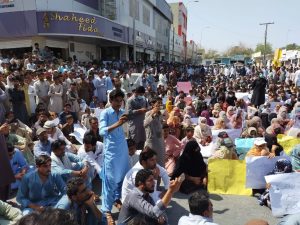


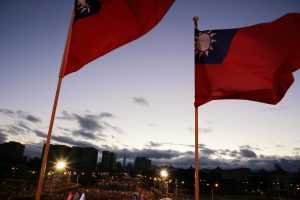




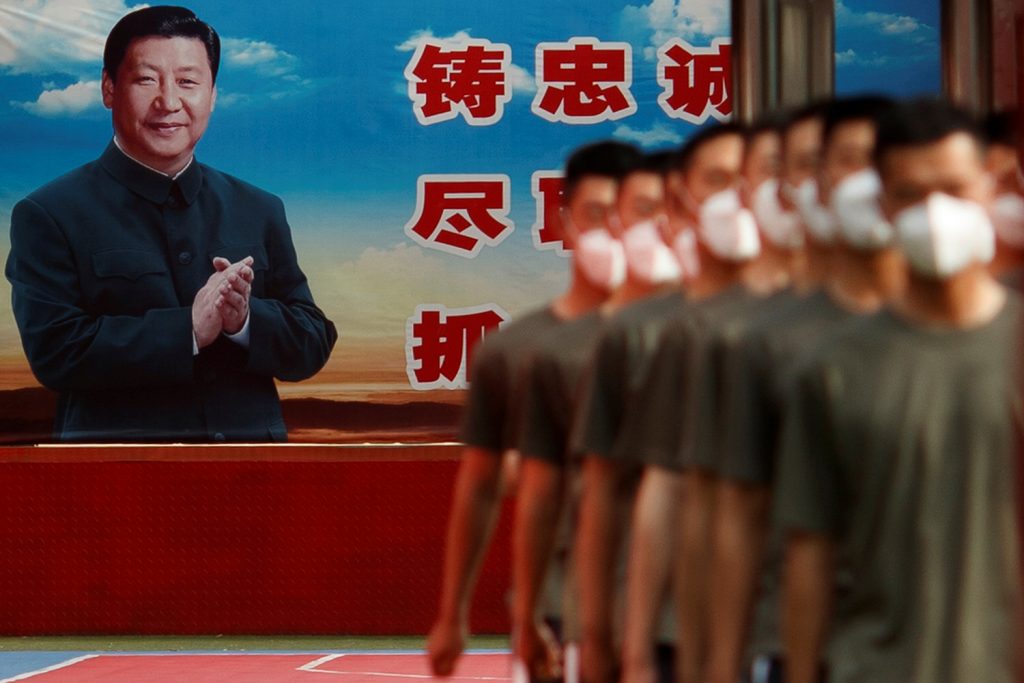

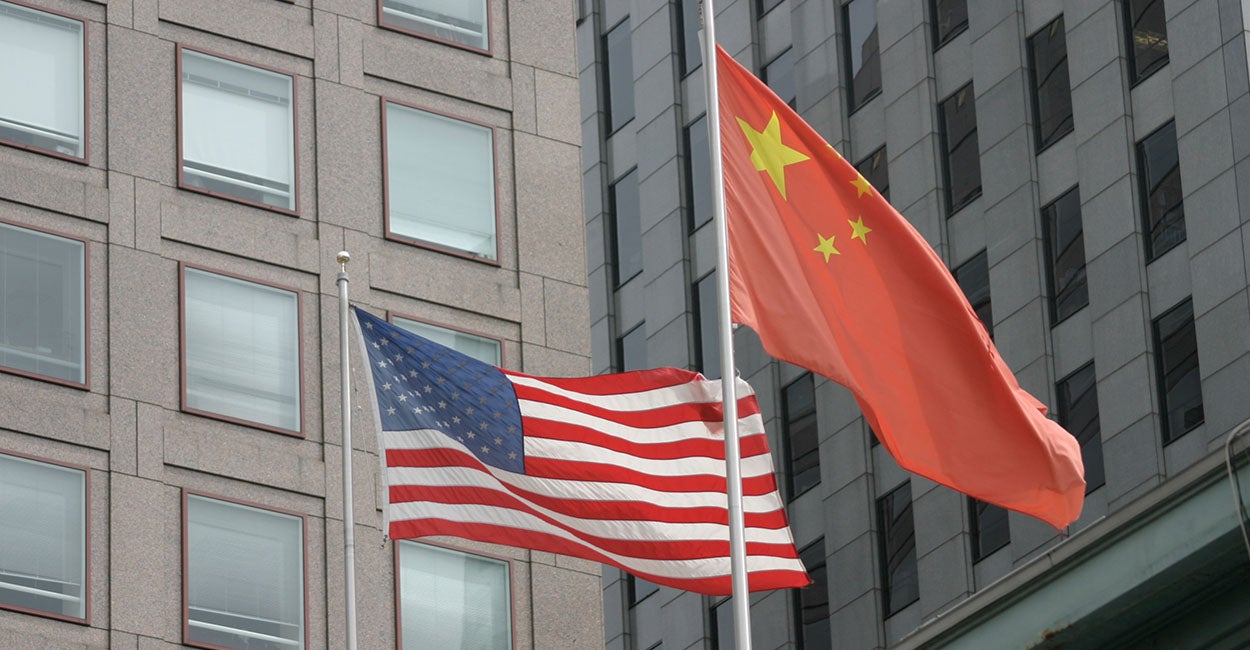



/cloudfront-us-east-1.images.arcpublishing.com/mco/KZFB2GQCZJB7JF4HDQMP2ENZ5Y.jpg)
